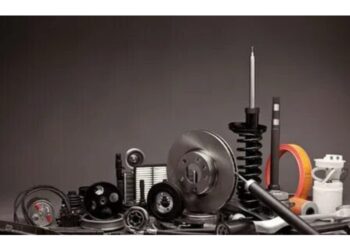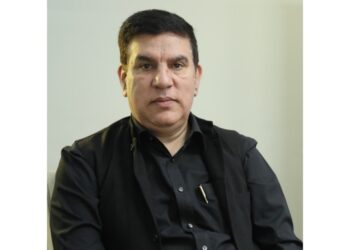How clay, design, and education are quietly reshaping lives inside prisons.
Every year on July 18th, people around the world come together to honor Nelson Mandela’s legacy and it’s not just through words, but through action. His belief that “education is the most powerful weapon you can use to change the world” has never felt more relevant than it does today. As someone who has seen the impact of education, however small, in an unexpected environment, I can say this with some certainty. As a student of design, with a keen interest in using design as more than just aesthetics, I took on a project that introduced ceramics to inmates. Ceramics in carceral spaces seemed like a theory worth exploring, but my experience convinced me it’s a strength like no other. One of the very first workshops I conducted inside the prison blew my mind. The engagement was amazing, but the responses were even better. There were questions about future engagement, about opportunities after release. But there were also quiet, honest statements like:
“This is the first time we felt like we were not inside a prison.”
“These two hours were probably the only time during my stay here that I haven’t thought about home or my case.”
One story that stayed with me was about a man who sat through the entire first workshop without touching the clay. No matter how much we encouraged him to just try, he refused. The guards had told us he was newly convicted, depressed and didn’t participate in any activities. They didn’t expect much and they just wanted him to be around people and activities.
When we returned the next day, we were surprised to see him again. This time, he quietly picked up some clay. Within half an hour, he had skillfully replicated the demo bowl we had passed around. Then he asked for more clay and made another one. Later, he came up to us smiling, proudly showing what he’d made. When we returned to deliver the fired pieces and certificates, he was excited, chatting, and holding his finished piece like it meant something. And it did! It was just two bowls, but they carried so much weight. This moment spoke volumes about the impact of ceramics. But this is about more than clay. It is about the opportunities inside prison. Education and the right to access it is important everywhere. Education is often someone’s first step toward a second chance or even a first one. Initiatives like better life prison school, Aashayein: one of the Jail Shops, where products made by inmates are sold, TJ’s the pickle making and selling brand by the Tihar inmates are a few examples of successful education and vocational training programmes.
Many people in these spaces are there because they didn’t have access to the same resources as many of us. They never got the chance to find their footing in the world and for most that becomes even harder after incarceration. These programmes are opportunities that can make the difference. Many of us take our opportunities for granted. But for those inside prison walls, even the chance to sit with clay and create something meaningful can be life-changing.
Through this work, I realized that education is an important tool in whichever way and has impact in ways one can only imagine. This Nelson Mandela Day we should all be working to make those steps possible not just for ourselves, but for others in whichever way we can.












